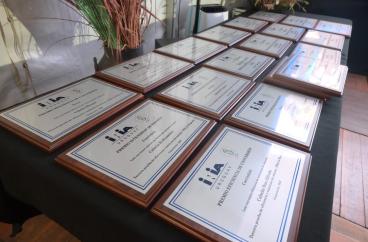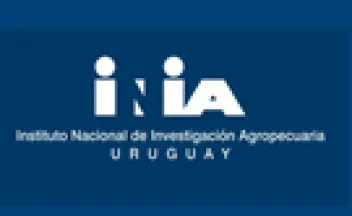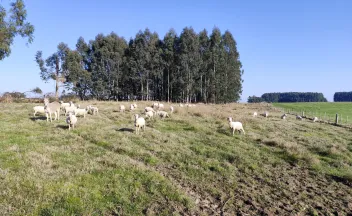
Instituto Nacional de Investigación Agropecuaria

Rice blast, caused by Pyricularia oryzae, is one of the most destructive diseases of rice in the world. In Uruguay, approximately 35% of the rice area was cultivated with susceptible cultivars in 2022-2023. The blast fungus shows a high degree of variability in the field, and limited information is available on its genetic diversity and population structure in Uruguay. Knowing the genetic variability of this pathogen will provide information useful for genetic improvement programs.


ABSTRACT.- The antifungal activity of Chenopodium ambrosioides essential oil against Penicillium digitatum was evaluated in vitro (liquid phase) and in vivo on artificially inoculated Okitsu Satsuma mandarin (Citrus unshiu). In vitro, the essential oil exhibited a fungicidal effect, with 100% effectiveness at a minimum inhibitory concentration of 29 uL/mL, and a minimum fungicidal concentration of 125 uL/mL. However, in vivo, P. digitatum grew on over 80% of treated fruit, showing no significant

ABSTRACT. - Zygote microinjection is considered the most suitable technique to introduce CRISPR/Cas9 reagents for efficient genome editing in livestock. In this study, zygote electroporation was evaluated as an alternative to microinjection for CRISPR/Cas9-mediated genome editing in sheep. Four experiments were conducted on 3548 cumulusoocyte complexes. Acid Tyrode's solution (AT) was used to partially degrade the zona pellucida (ZP) to improve reagent entry, resulting in ZP thinning with longer AT exposure (P < 0.05).